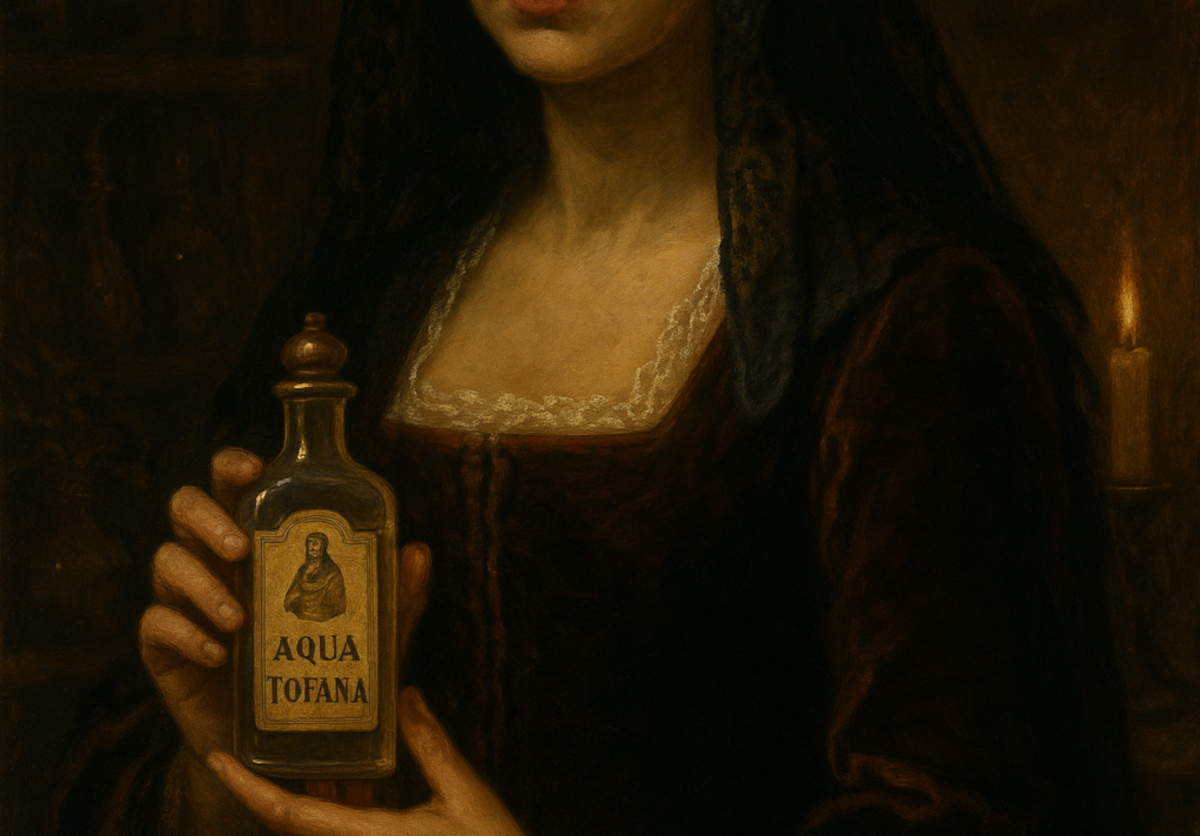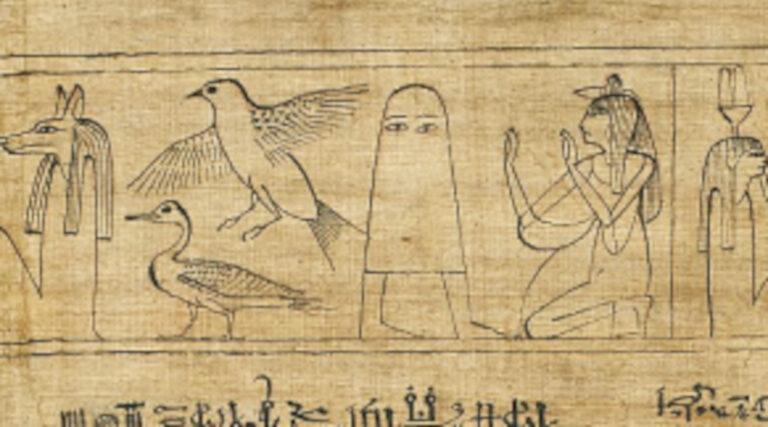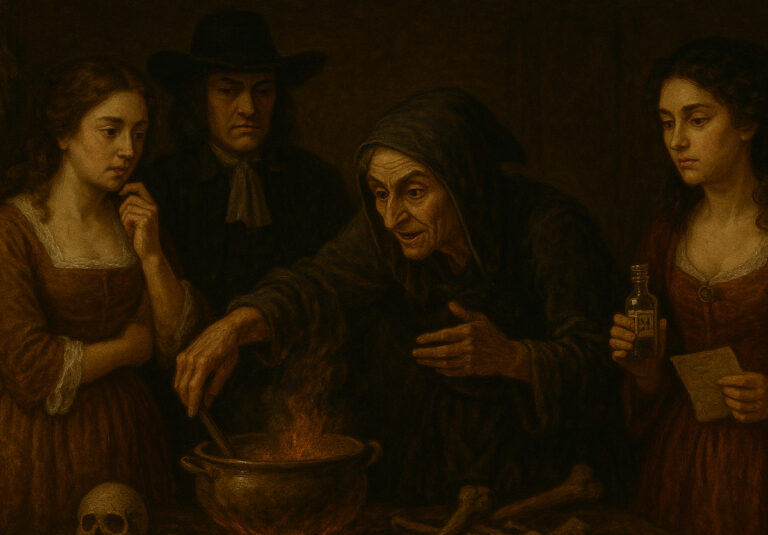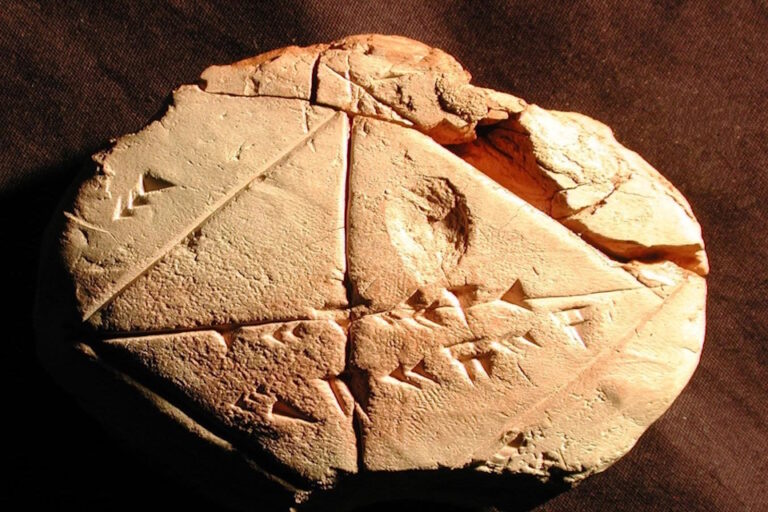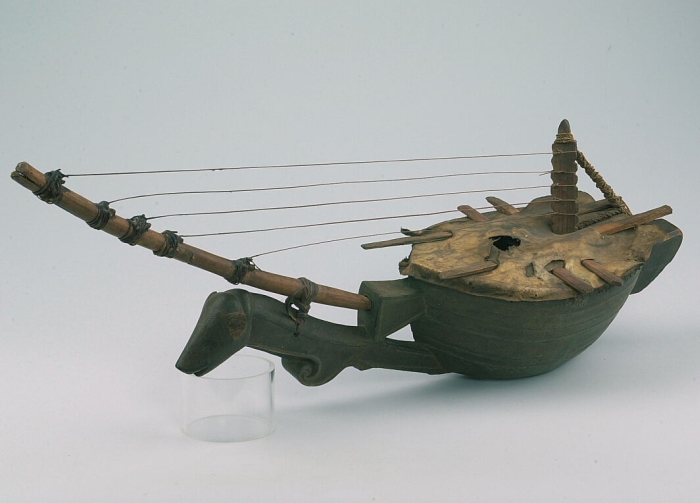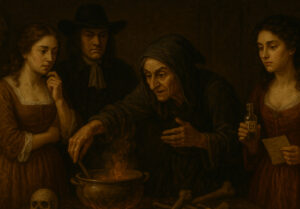In the 17th century, a powerful and deadly concoction emerged from the streets of Italy, forever cementing itself in history as one of the most infamous poisons ever used. This poison, known as Aqua Tofana, played a critical role in the lives of women living in oppressive and abusive marriages during a time when divorce was not an option. Created by Giulia Tofana, an enigmatic woman from Palermo, Aqua Tofana offered an unconventional form of resistance against patriarchal control, symbolizing the desperate lengths women were forced to go to in order to gain control over their own lives.
The Creation of Aqua Tofana
Giulia Tofana was born in the early 1600s in Palermo, Sicily. Not much is known about her early life, but by the 1640s, she had established herself as a cosmetician and pharmacist, providing beauty products and remedies to the women of Naples and Rome. What set her apart, however, was her creation of a deadly liquid that would soon become infamous: Aqua Tofana.
Aqua Tofana was a colorless, odorless, and tasteless liquid that, when ingested, caused slow poisoning. The key ingredients were arsenic, lead, and belladonna (deadly nightshade). It was sold as a cosmetic, often marketed as “Manna di San Nicola”, a healing or religious product that could be used without suspicion. But it was not a miracle cure—it was a poison that women could use to rid themselves of abusive husbands.
A Poison for the Oppressed
The demand for Aqua Tofana was largely driven by women trapped in abusive marriages during a time when divorce was impossible and women had very few rights. These women had no legal means of escape from their violent husbands, and Aqua Tofana offered a clandestine method of gaining freedom.
What made Aqua Tofana so effective was its slow-acting nature. The poison would gradually cause symptoms such as stomach cramps, fever, and vomiting—symptoms easily mistaken for a common illness. The victim would suffer over time, making it difficult to detect poisoning as the cause of death. The slow onset allowed the women who administered it to remain undetected, even as the victim’s condition worsened.
The discreet nature of the poison allowed women to act with a certain amount of freedom, even in a society that severely restricted their autonomy. It wasn’t just the physical act of poisoning, but the act of rebellion itself—a desperate form of resistance against the male-dominated world they lived in.
The Network of Death
Giulia Tofana did not operate alone. Her business was part of a larger network of women who aided in the distribution of Aqua Tofana. These women were often part of underground networks, providing support to women who were in need of this secret weapon. Tofana’s poison became a symbol of solidarity among women who had found a way to fight back in an unforgiving world.
Women who were caught using Aqua Tofana were often condemned for their actions, but many of them felt they had no choice. They lived in a time when patriarchal norms ruled all aspects of life. Marriage was considered a woman’s duty, and husbands were given immense power over their wives. For many women, Aqua Tofana represented a chance to escape an abusive relationship and reclaim their agency.
One notable figure in this network was Francesca La Sarda, who was an accomplice of Tofana. Tofana’s operation was not just about selling poison; it was about creating a network of trust, which often took the form of intimate connections between women who shared the same desperation.
The Fall of Aqua Tofana
In 1659, Aqua Tofana’s reign came to an end. The operation was uncovered when a man who had survived the poison (after ingesting too much in a single dose) went to the authorities. His case led to a wider investigation into suspected poisonings, and the network was exposed.
Giulia Tofana was arrested, and while some accounts say she was executed, others claim she was granted a pardon. Regardless of her fate, her accomplices were publicly executed, and many of the women who had used Aqua Tofana were imprisoned or sentenced to life in jail.
Despite the downfall of Tofana’s network, Aqua Tofana’s legacy would not fade quickly. The poison became a symbol of female agency, particularly in modern times, when it was often seen as a symbol of women’s struggles against oppressive systems.
Aqua Tofana’s infamy did not end with Giulia Tofana’s arrest. As the legend of Aqua Tofana spread, it fed into a growing paranoia in Europe, especially during periods of political instability, where powerful elites feared being toppled by poisonous intrigue. This paranoia would come to a head in later centuries with events such as the Affair of the Poisons in France, which tied together themes of witchcraft, political power, and poisoning, further embedding the notion of the “dangerous woman” in popular imagination.
In modern times, Aqua Tofana has become part of the feminist discourse, with movements using its name to reclaim power over the narrative of resistance. The “Make Aqua Tofana Great Again” slogan, a satirical response to political events, emerged as a form of protest and empowerment for women.
